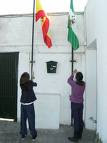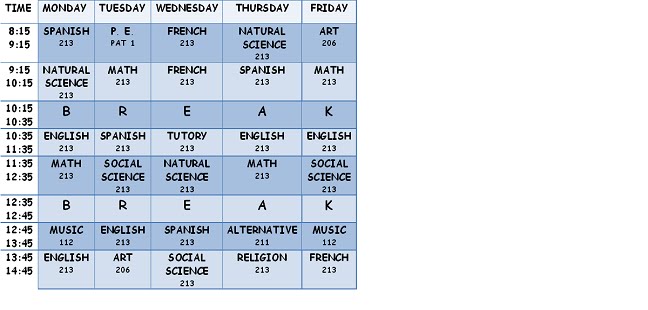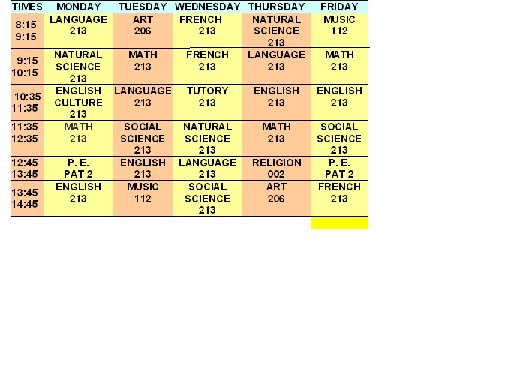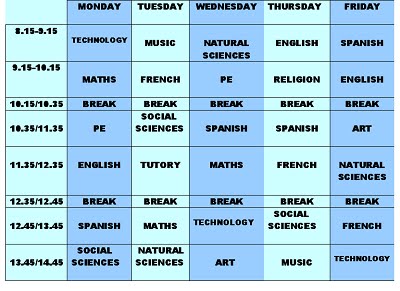Gibraltar video
View more videos from Pedro Talavera.
Welcome to the new bilingual blog at IES. Francisco Rodríguez Marín in Osuna (Sevilla). This blog has been created as a helpful tool for the students involved in the Bilingual Programme in our high school. They will be able to express their opinions and write in English about any topic related to the subjects they are studying in 1º and 2º ESO.


 In 1981 a statute of autonomy was established which recognized the right to autonomy for the different Spanish regions and nationalities. In Andalucía this is celebrated on February 28th because the referendum that passed the statute took place on that date.
In 1981 a statute of autonomy was established which recognized the right to autonomy for the different Spanish regions and nationalities. In Andalucía this is celebrated on February 28th because the referendum that passed the statute took place on that date. others hoist the two official flags . Andalucía's flag is green white and green.
others hoist the two official flags . Andalucía's flag is green white and green. 




